For The Pudding, Matthew Daniels extracted all the outdoor basketball courts in the United States via OpenStreetMap satellite imagery. With 59,705 locations along with commenting and liking, it’s a fun experiment in scale for display, filtering, and interaction. Plus, basketball.
-
Members Only
-
China recently increased their retirement age to 63 for men and 55 for women (and 58 for female civil servants). Even with the adjustment, the country is still on the lower end when compared to other countries.
-
Nicola Rennie provides five quick tips to improve on default axis scales:
[T]he choice of axes can have a big impact on the clarity of your visualisation, and that relying on the default settings of software isn’t always a good idea. Are there blanket rules about axes that you can apply to every type of visualisation? No. Instead, I’d advocate for having a little bit of common sense and actively thinking about your design choices. Think about the context of what you’re trying to communicate, and whether or not your data visualisation of choice communicates that effectively and honestly.
When I hear “common sense” I’m reminded of when my dad would tell me to use common sense when I did something that didn’t make much sense in retrospect. Whatever I was doing seemed like a good idea at the time. So I’d argue not to use common sense with your axes, but to avoid defaults by default until you develop a better feel for how to communicate with data.
-
Normal retirement age, also known as full retirement age, is 67 years old for those born in 1960 or later. It’s when you can get full Social Security benefits (assuming they still exist). It’s common for people to stop working before this age, but they’re veering older.
-
Here’s a fun interactive from NASA Landsat that lets you enter your name to see it spelled with satellite imagery. There are multiple images for each letter, so you get a new combination when you refresh.
I didn’t know NASA put out these kind of projects, but I like it. You can also download the images for specific letters.
-
Every two years, since 2012, the North American Cartographic Information Society publishes Atlas of Design. It’s a collection of beautiful maps and the process behind each. From series editor Nat Case, on how traditions in cartography can still feel new:
This is one of the magical things about how people depict the world. Even if the point of the depiction is one you’ve seen or heard a thousand times, if you tell it right, a love song or a portrait or an action movie can still take your breath away. And even the maps that look like maps you’ve seen before, when they work right, can do that too. We hear a familiar tune, we see that same old story…and the map is still fresh and glorious, and we just want to dive in and explore it.
Speaking of exploration, there is a riddle at the end of the volume that relies on a clue from each map in the book. I’m nearly certain I’ll never figure it out, but maybe you can. Atlas of Design, the seventh volume, is available for pre-order and comes out next month. You can also purchase previous volumes, which are nice to have on the shelf with their uniform bindings.
-
Members Only
-
This is one small bit in a Reuters piece by Mariano Zafra and Sudev Kiyada about highly flammable materials in buildings constructed in the 1980s. The polyethylene cores usually come as a thin layer in panels, but they cover the whole building, which can lead to fast flames. I appreciate the fingers to indicate the thinness.
-
Since weather and land availability vary across the country, so do the crops. This is the cropland geography of the United States.
-
For The Washington Post, Anahad O’Connor and Aaron Steckelberg show the contrast between making unrefined avocado oil, which is more natural, and refined avocado oil, which is more processed. The former is more like pressing a bunch of avocados, whereas the latter is, well, more involved and uses unnatural ingredients.
Mostly, I am here for the anthropomorphized seeds, but now I also wonder where the rest of my cooking oils come from. It’s sad that we have no clue.
-
AI models are trained on data, and better data helps make better models. Likewise, it’s hard to develop worthwhile models with bad data. So what happens when it grows more difficult for AI-based bots to scrape the web and more of the available data is generated via AI in the first place? For NYT’s the Upshot, Aatish Bhatia imagines a feedback loop of numbers and letters that grow fuzzier with each generation.
-
Natural diamonds require a lot of pressure and time, and then someone has to mine for them. Lab-grown diamonds can be produced to be nearly indistinguishable from the natural ones, minus the time and mining. For Works in Progress, Javid Lakha describes the process and the growing cost gap between natural and the cheaper lab-grown.
As the value of diamonds inevitably falls, do engagement rings turn towards something more rare?
-
In the conterminous United States, most of the barren land belongs to deserts and mountains in the west.
-
Members Only
-
You know the classic game Pong with the paddles and ball that moves across the screen? Imagine the ball and paddles synchronized to music. Victor Tao approached the challenge as an optimization problem to figure out where the paddle and balls should go, based on the beats of a song:
Fortunately there is a mature field dedicated to optimizing an objective (screen utilization) with respect to variables (the locations of bounces) in the presence of constraints on those variables (physics and the beats of the song). If we write our requirements as a constrained optimization problem, we can use an off-the-shelf solver to compute optimal paddle positions instead of designing an algorithm ourselves.
The result is Song Pong, and the Python code is on GitHub. [via Waxy]
-
The Economist examines car weight and fatalities in car crashes. In two-vehicle collisions, while heavier cars tend to mean fewer deaths for those driving them, the opposite is true for the other car involved.
The heaviest 1% of vehicles in our dataset—those weighing around 6,800lb—suffer 4.1 “own-car deaths” per 10,000 crashes, on average, compared with around 6.6 for cars in the middle of our sample weighing 3,500lb, and 15.8 for the lightest 1% of vehicles weighing just 2,300lb. But heavy cars are also far more dangerous to other drivers. The heaviest vehicles in our data were responsible for 37 “partner-car deaths” per 10,000 crashes, on average, compared with 5.7 for median-weight cars and 2.6 for the lightest cars.
-
There is no shortage of color-picking tools, but it seems there can never be enough. Enter Huetone by Alexey Ardov. The tool is based on a Stripe article on accessibility and color design. Mainly, it shows different shades of selected hues.
It’s not the most usable of tools but maybe you’ll find it helpful.
-
K-pop grew mainstream-popular in countries outside South Korea over the past few years. This growth partially comes from efforts to internationalize the music genre with changes in language and group members from around the world. For Bloomberg, Sohee Kim, Jin Wu, and Jeremy C.F. Lin have the data rundown.
Plus points for the variable width bar chart and a star microphone for a cursor.
-
Kirk Goldsberry, with help from Andy Woodruff, combined two joys — basketball and maps. The result is ATLAS, which is a basketball that is also a globe. Genius.
The limited first run already sold out, but they’re taking pre-orders for a larger run now.

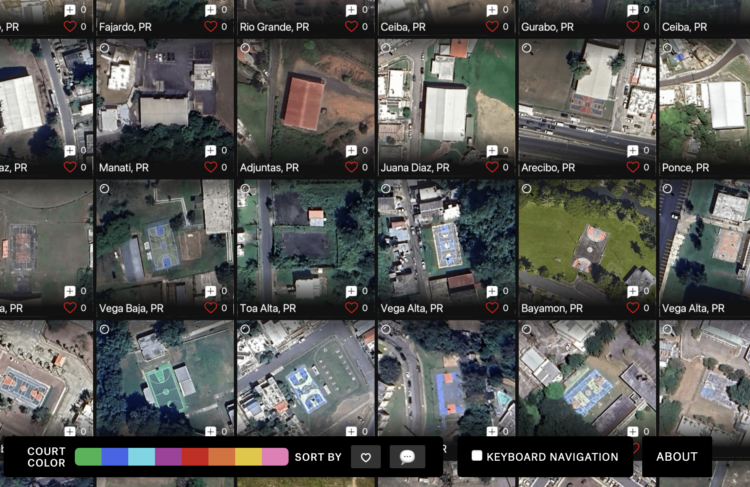
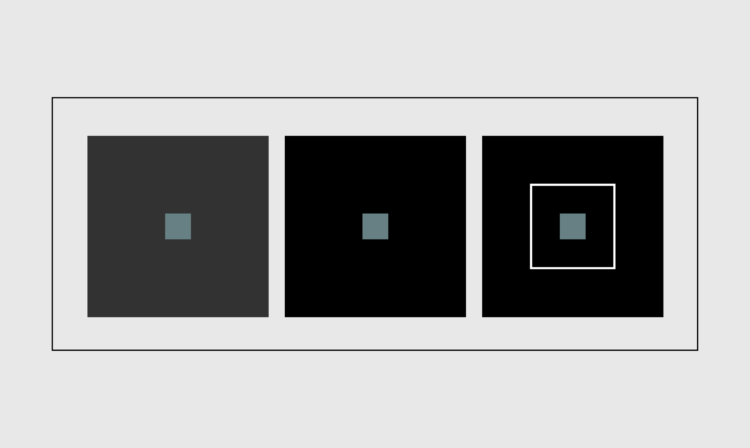
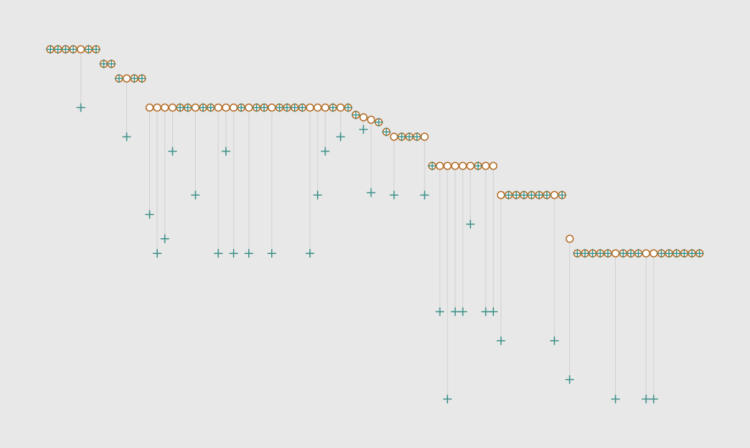
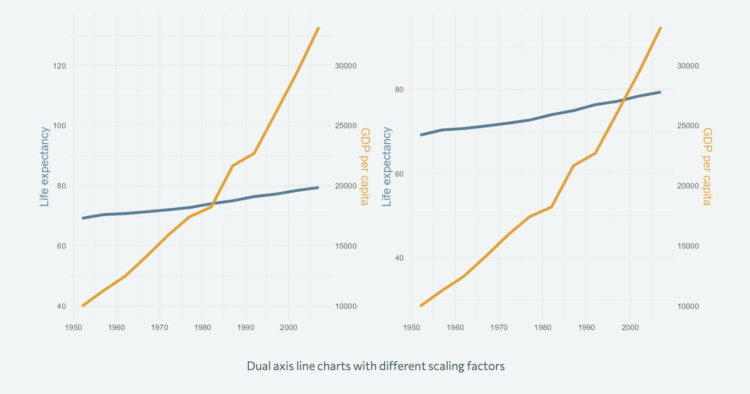
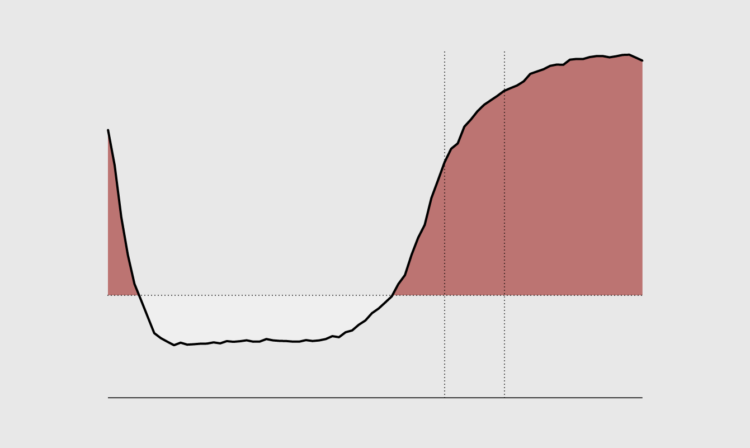
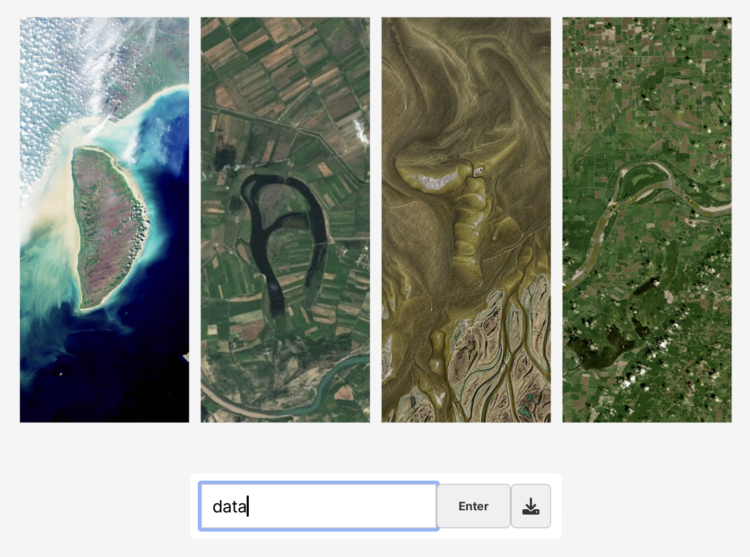




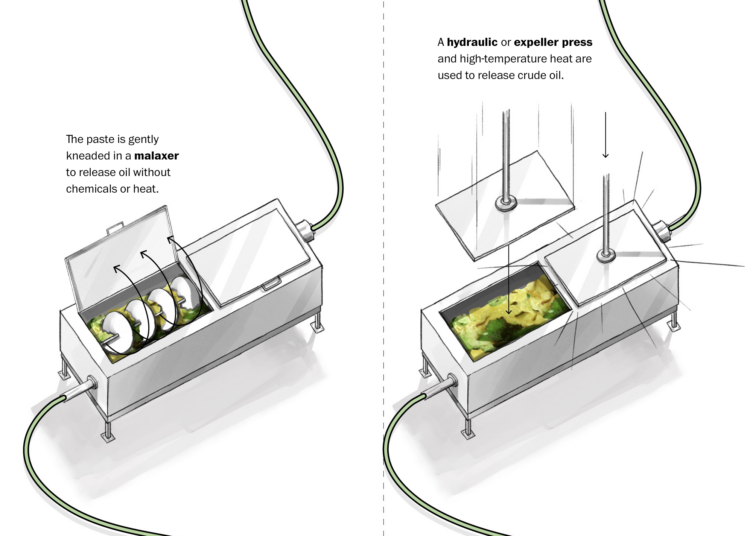
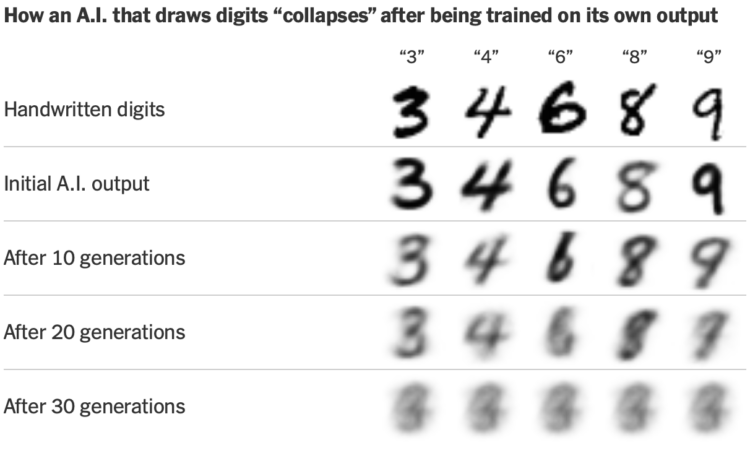

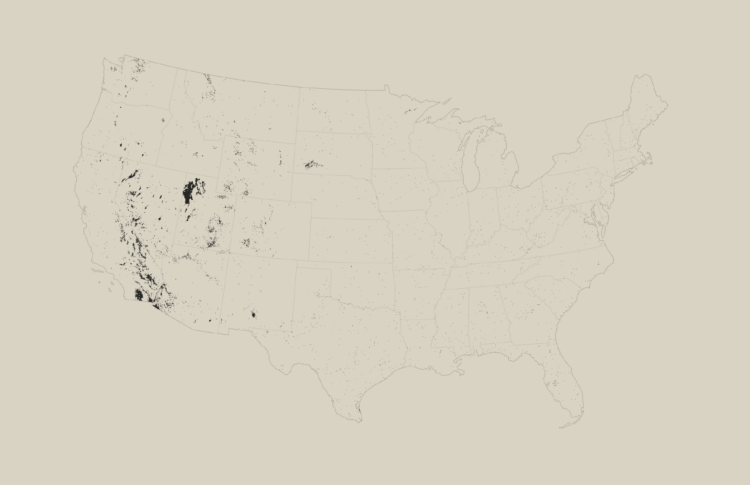
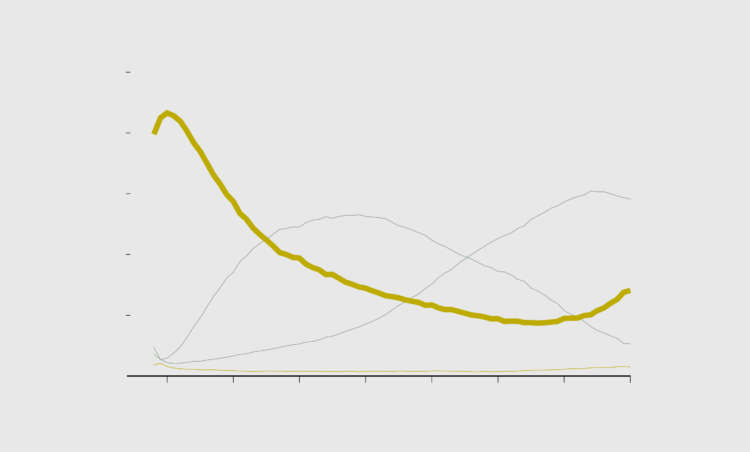
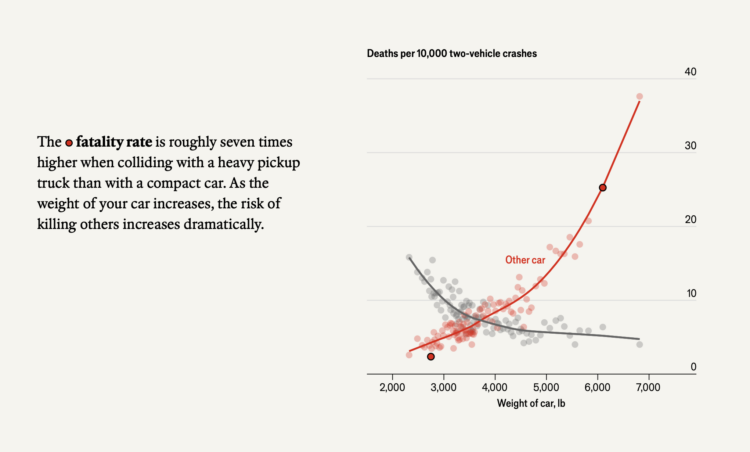
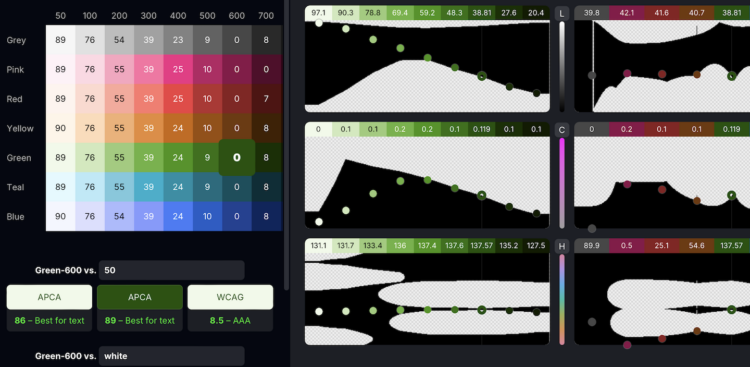
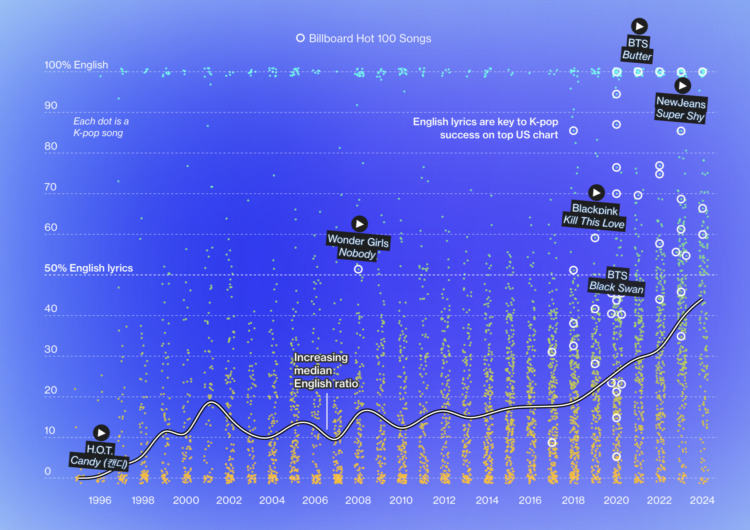
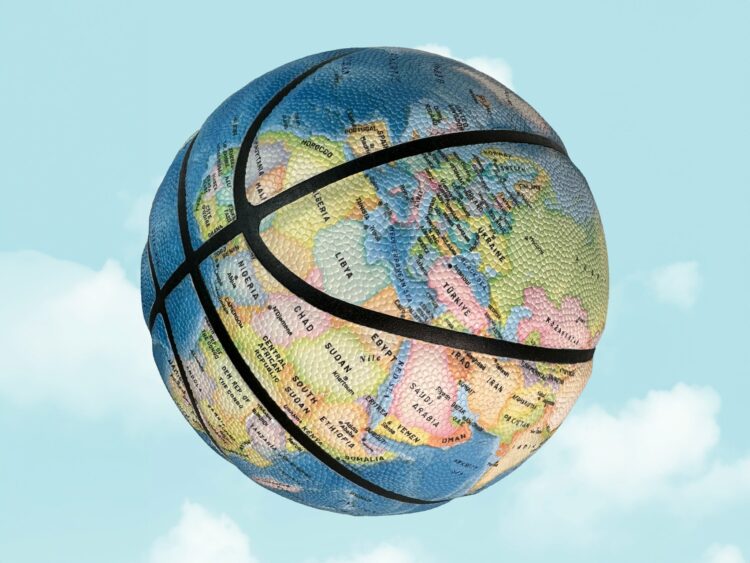
 Visualize This: The FlowingData Guide to Design, Visualization, and Statistics (2nd Edition)
Visualize This: The FlowingData Guide to Design, Visualization, and Statistics (2nd Edition)










